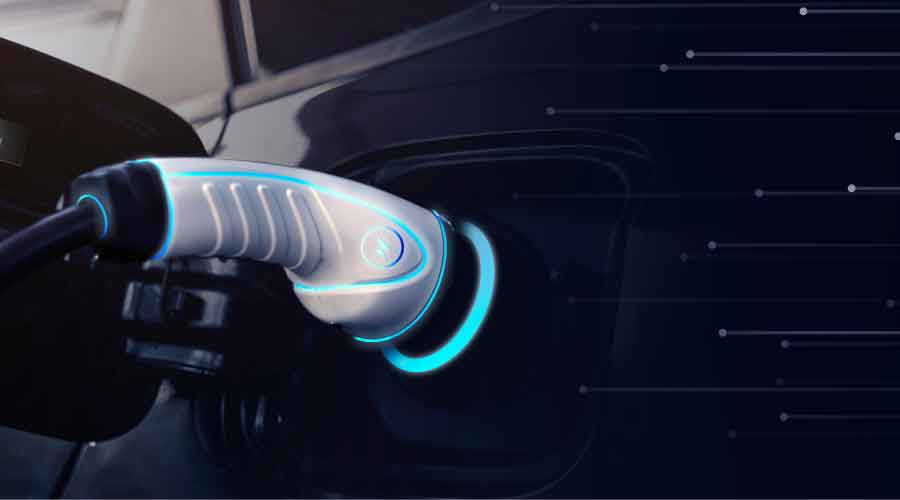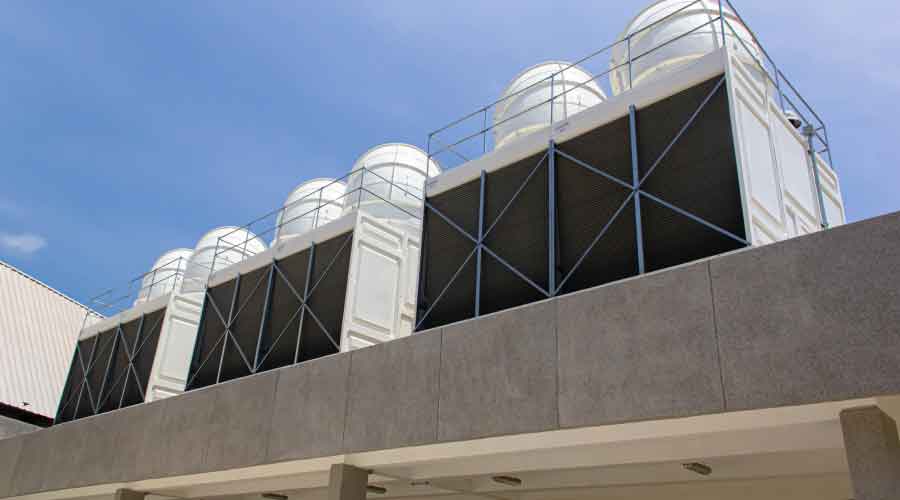
What to Consider When Developing an Electric Vehicle Plan
With electric vehicles growing in popularity with facilities management teams, managers had better be prepared with a plan to accommodate them. September 30, 2022
By Dave Lubach, Managing Editor
The impact of electric vehicles isn’t lost on the facility management world, as more and more institutional and commercial facilities are replacing gasoline-fueled machines in their fleet with electric counterparts.
Facilities are also challenged to meet the demands of building occupants, whether they are employees, residents or visitors, who wish to charge their vehicles while on site.
While some facilities are ready for the increasing use of electric vehicles, many are still in the early stages of preparing for the electric age. With governmental agencies at all levels establishing various deadlines for the conversion of electric vehicles, the switch from gasoline to electric power is going faster than many managers might have anticipated.
We recently spoke with Aleks Brehm, a senior commissioning authority with engineering design firm ESD, about what managers need to know about preparing their facilities for the electric age.
Here is an edited version of that conversation.
FacilitiesNet: Electric vehicles are having a bigger impact on facilities these days, but in some facilities is there a culture shock and they’re not ready for them?
Brehm: They’ve had electric vehicles, but they’re smaller, the golf type vehicles, vehicles that are just for getting around their campuses. Now, they’re transitioning from having diesel or petrol vehicles to battery vehicles going from one of their sites to another and moving servers or infrastructure. And they’re realizing now that if they didn’t have an electric vehicle or a plug-in hybrid at home as a personal vehicle, they didn’t realize that they can’t just stick an outlet out there and have somebody be able to plug it in and charge it. I also just don’t think they realized it was going to hit this quickly.
FacilitiesNet: Charging capabilities are an important part of the planning for electric at facilities. How should managers assess their facility's needs?
Brehm: There are three levels of chargers, but there’s really only two that are going to be useful for facilities. Types 2 and 3 as a general stance are the faster chargers. The Type 3s are the fast chargers. You’re going to get somewhere in the neighborhood of 100 miles for a charge. That’s where you’re going to need to be for delivery vehicles. For a building maintenance technician, a Type 2 charger might be sufficient by allowing a full charge after hours, or to keep the vehicle topped off while on a service call at a facility. Type 2 chargers will also be useful as an employee perk. It could be what brings people back to the office. Type 2s and 3s are really going to be the bread and butter for facilities.
FacilitiesNet: What are some of the budget challenges facilities could face when adjusting to a more electric culture?
Brehm: The government is doing a lot right now for incentives. Each state has its own little way of handling it. There’s money available, like federal tax credits. I’m in North Carolina, and there’s a workplace program that has up to $489,000 in available funding to install Type 2 chargers. You need somebody to kind of help you navigate through that. Then, get your design engineers in to help you plan. They should be looking at where you can save money. If you have some covered spaces and a bit more covered parking due to winters and whatnot, you could get solar panels and then they can add on to that, and you’re going to offset your vehicle charging as well. That money is going to help you bridge the gaps.
Dave Lubach is the managing editor in the Facility Market. He has more than seven years of experience covering facilities management and maintenance.
Next
Read next on FacilitiesNet












